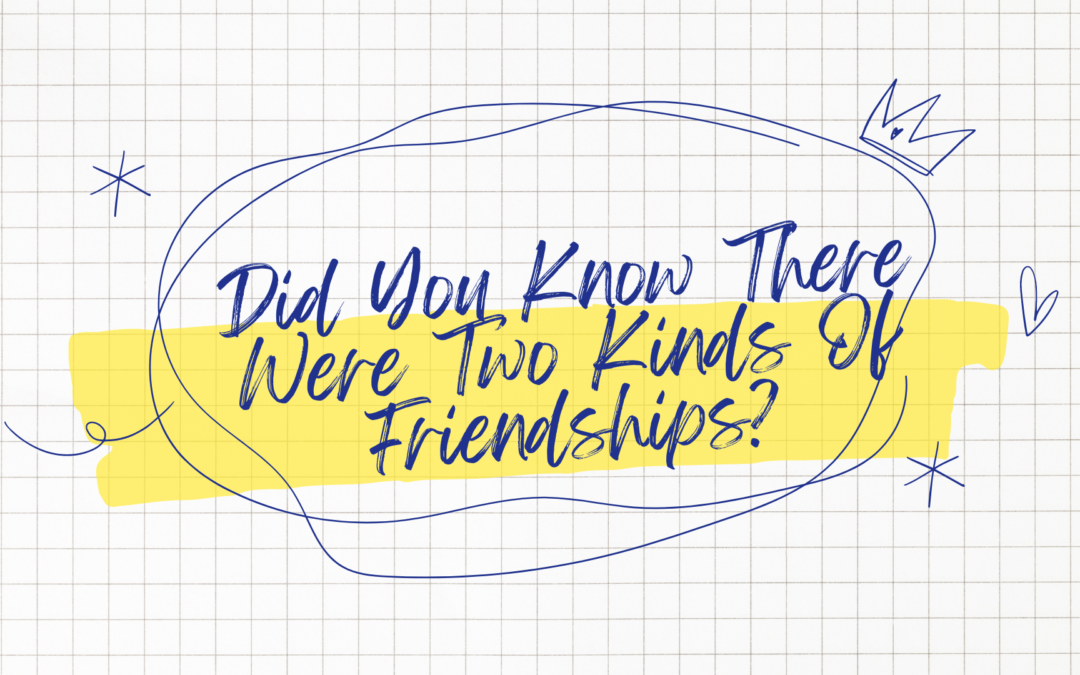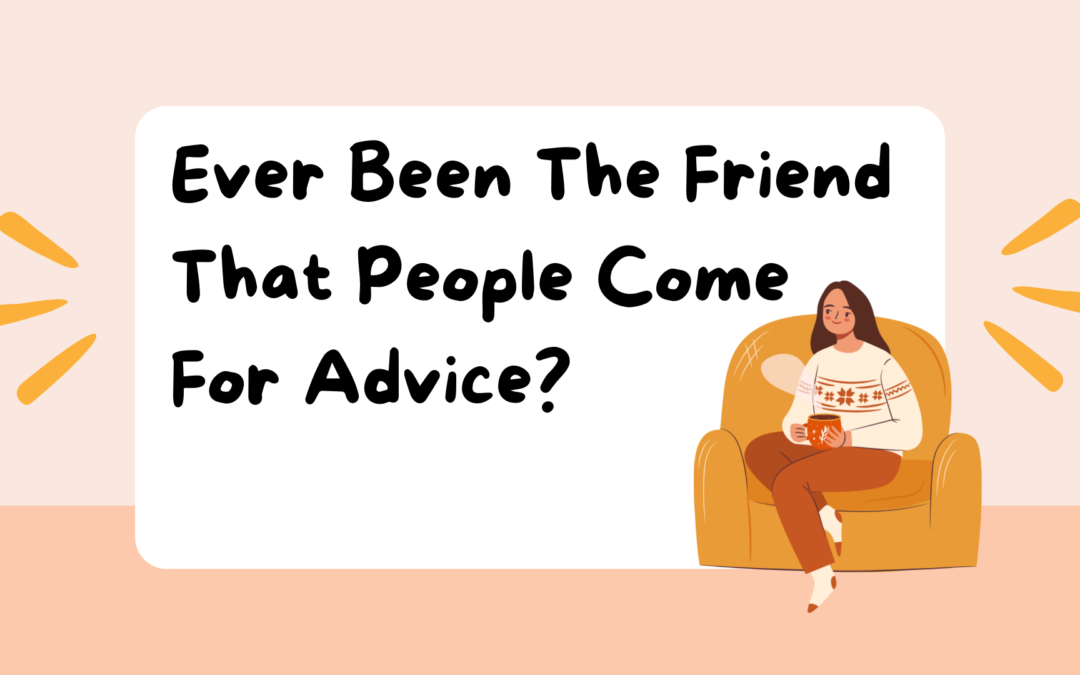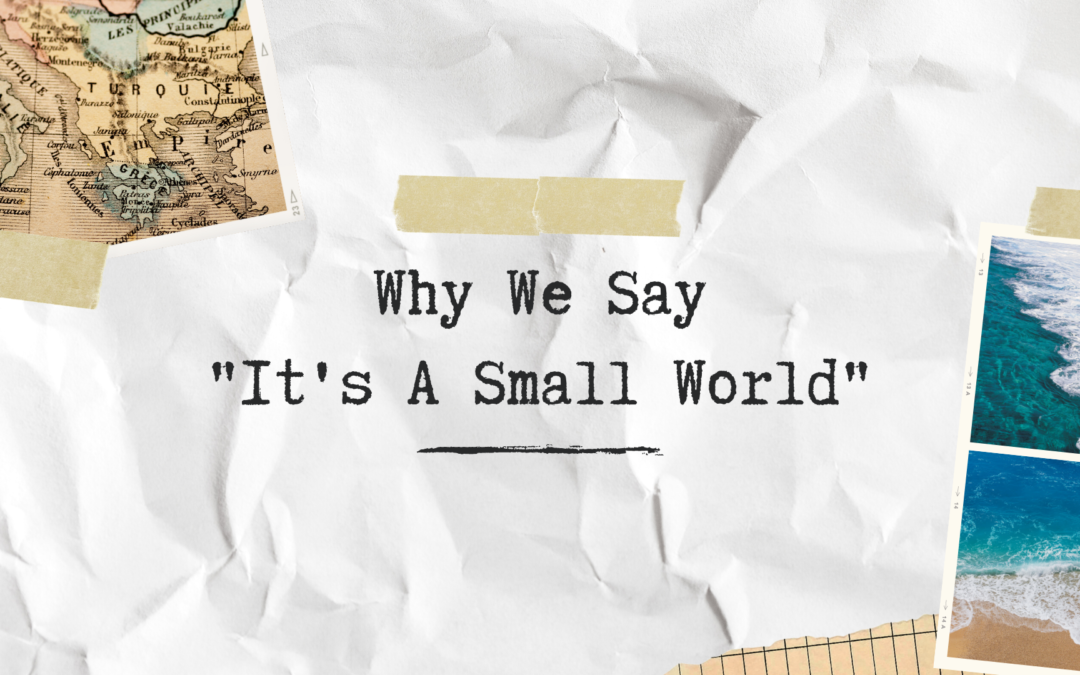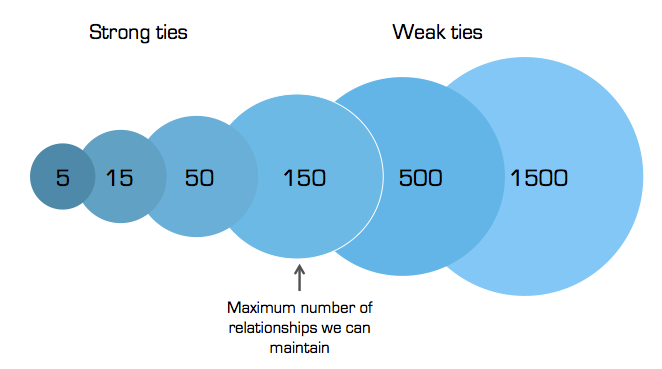
What I Came To Know After Joining Instagram
Recently, I joined Instagram (I know, I know, I’m pretty late). After following people I knew, conversations with a lot of people I used to see pretty often in school started up. It had been quite some time since I talked to them, so it felt quite uplifting. After all, my social circle has reduced to like 3 people in all.
The surprising thing that I came to know after talking with others is that I wasn’t alone in this. It wasn’t just me whose friend group had shrunk dramatically.
In a way, I’m picking up from my last post where I talked about what the two kinds of friendships are and how they differ.
This time, I want to focus on the idea of quality over quantity.
Even though most of us don’t have the large friend groups that we had in the past years, we don’t feel like we’re missing something. This implies one thing – the reason we don’t feel a void could be because maybe those friendships never served a purpose in our lives.
This is not discrediting the friendships we had, they were absolutely wonderful. I bet you have great memories of the times you spent with those friends.
However, the truth is that not all of them were meant to be long-term. We outgrow people, and that’s okay.
What I’ve realized is that it’s better to have a smaller group of friends who you can rely on, than a large group of friends whom you can’t depend on.
It’s not the number of friends you have that matters, it’s the quality of those friendships.
So, if you’re in a similar situation to me, don’t worry. You’re not alone.
And, it’s not a bad thing. It’s actually a good thing. Because now, you can focus on the friendships that are truly worth your time and effort.
I hope this post helped in some way. If you have any thoughts or experiences to share, I would love to hear from you! 🙂





